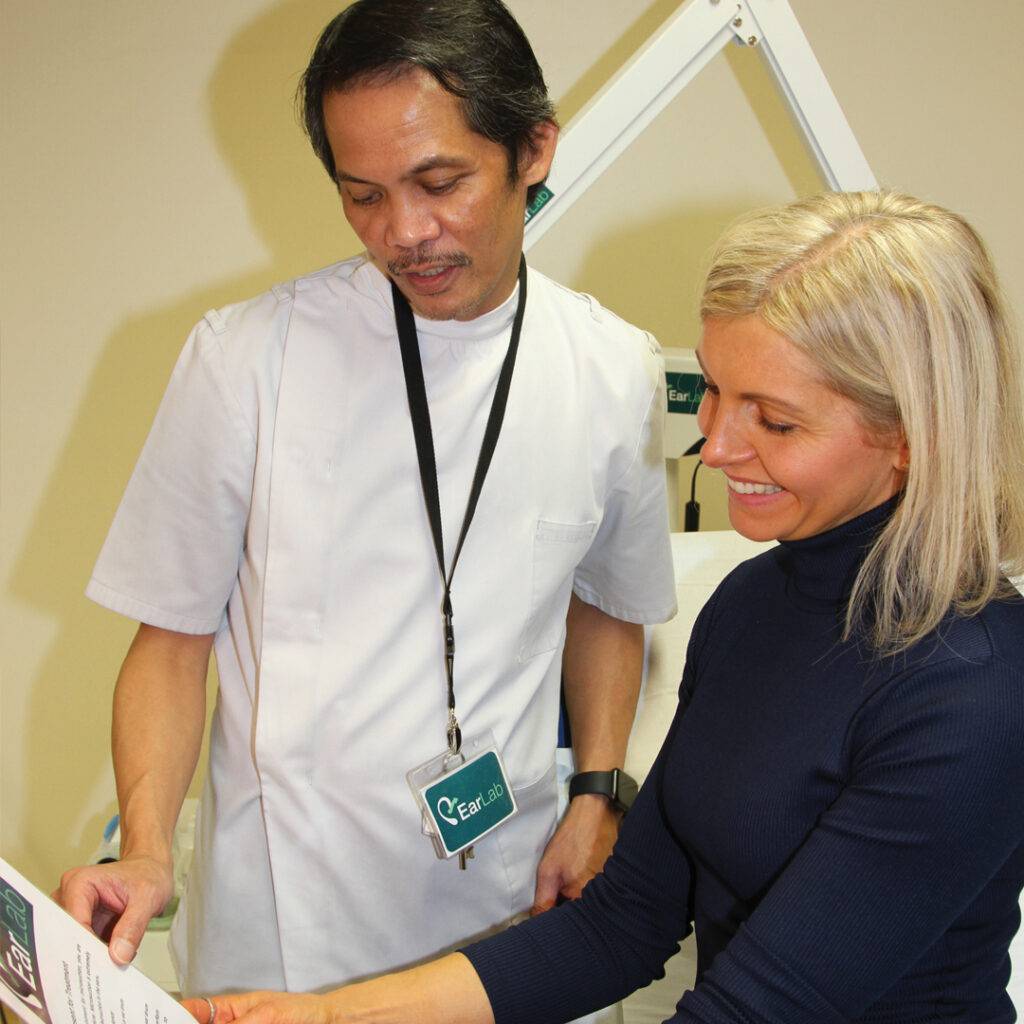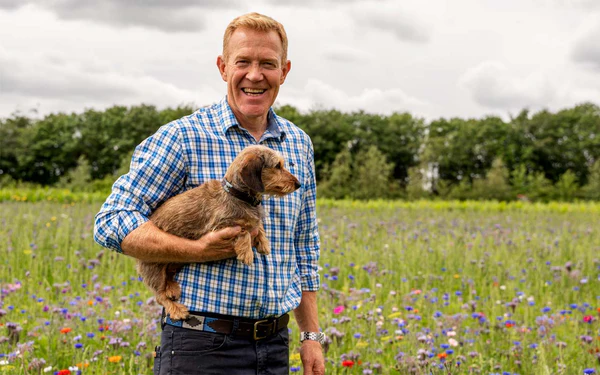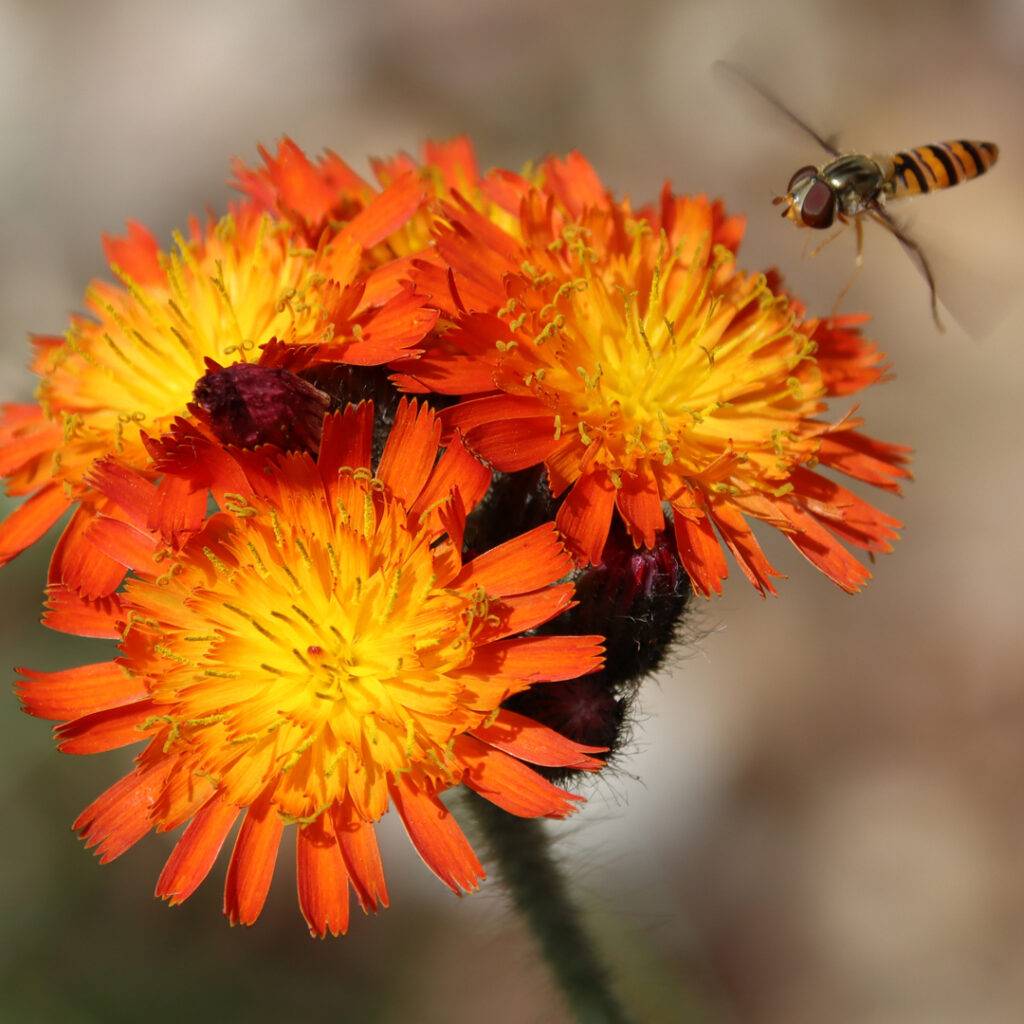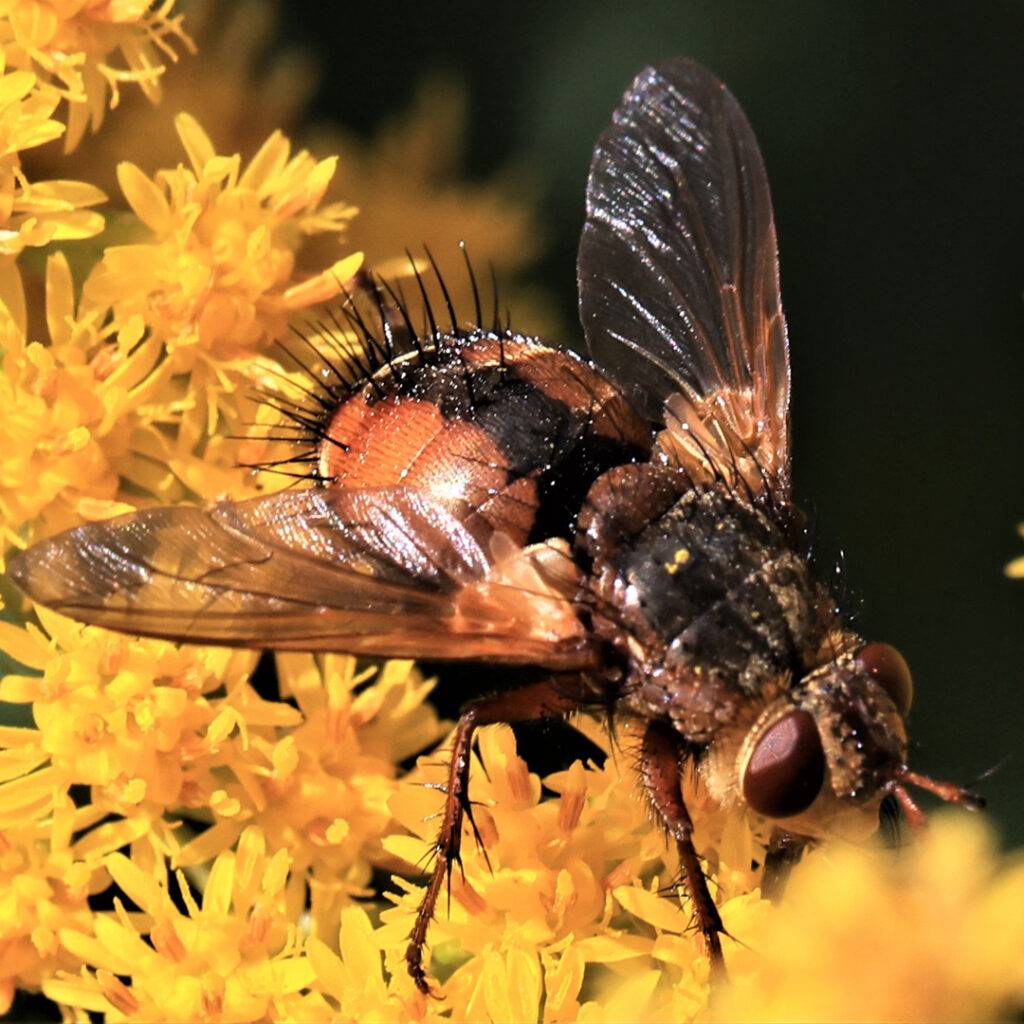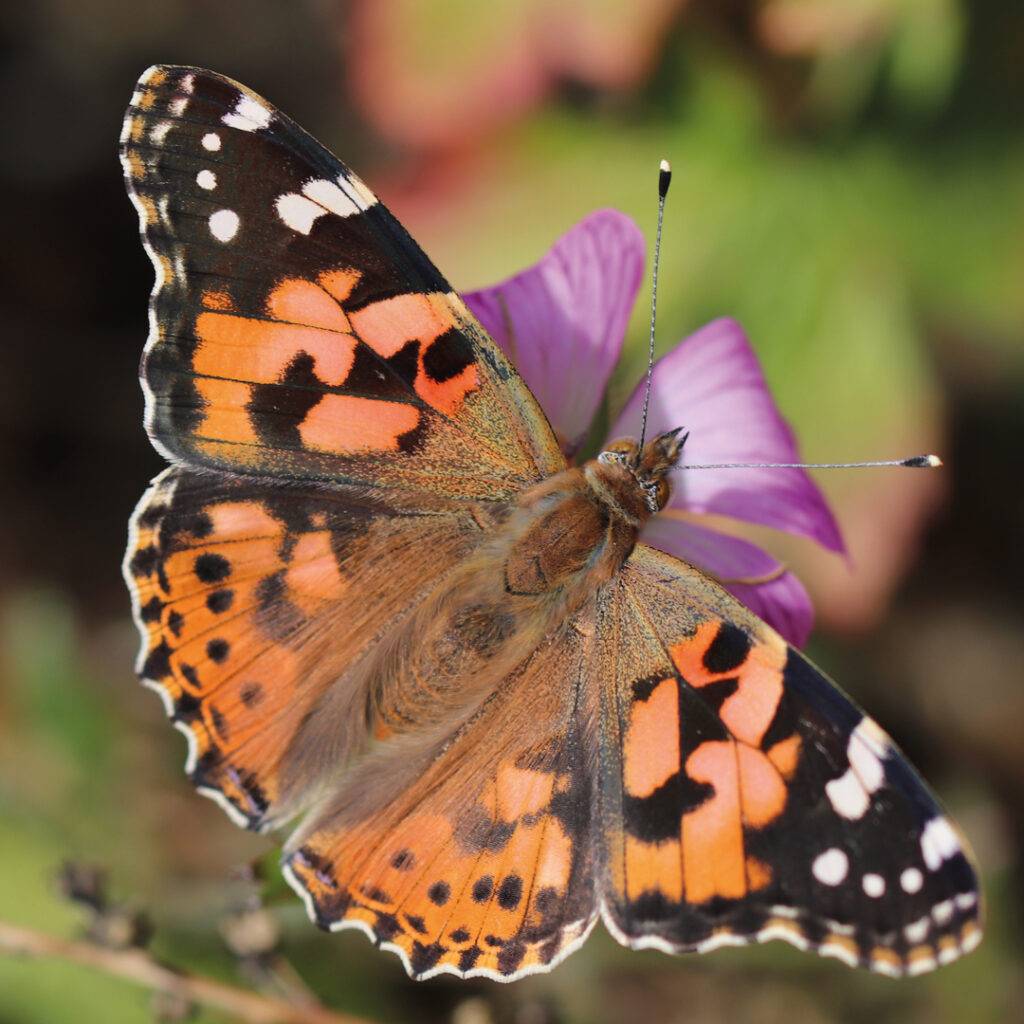Follow us
Liz Nicholls visits fully revamped B Spa at Brooklands Hotel in Weybridge where you can enjoy the benefits of sunshine on a deluxe indoor beach
Hello… summer? Are you there!? It looks as though British summertime might have stood us up 🙁 (except for the mini heatwave last week).
But the newly revamped B Spa is here to save your summer!
If we’re honest, going on holiday somewhere scorchio (taking the obligatory sausage leg pic to post on the ‘gram) is radically boosted by knowing it’s soggy back home in Blighty. Right?!
So, picture the scene: you’re lying on your own comfy beach chair, cocktail in hand, soaking up the sunshine like a lizard in front of a sugar-sand beach paradise… while the storm clouds gather outside and rain lashes against the window.
This is exactly what you can enjoy at BSpa which boasts a Sunlight Therapy Room using 100% safe ‘sunlight simulators’ to fully replicate natural sunlight. These generate full-spectrum sunlight with reduced UVA and UVB, full spectrum visible light and infrared heat. Benefits include a boost in Vitamin D and energy, reducing the nasty effects of Seasonal Affective Disorder, a stronger immune system, better circulation, eased muscles and a better metabolism…


Which is perfect because the 1907 beach bar will serve you cocktails (thanks Rhys!) & light snacks. Downstairs in the swanky hotel itself the award-winning 1907 restaurant, bar & grill (named after the year the world-famous Brooklands racetrack opened), in a setting inspired by the 1920s & ’30s, the team serve up a mean afternoon tea. They have also earned two AA Rosettes for their hearty breakfasts, Sunday lunches and more, including incredible burners. The windows in both the spa beach, pedicure room and the restaurant face out on to the drivers doing doughnuts on the Mercedes-Benz World track.
But back to the spa which has been lavished in love to provide you with treatments and TLC. Spa experiences start from £49pp (the Spa & Dine package includes use of the spa facilities for three hours and either lunch, afternoon tea or dinner which is phenomenal value). The facilities include: a Himalayan salt room, Finnish & infra-red saunas, steam room, ice fountain and hydrotherapy hot tub with Venturi jets.
On one particularly frazzled and dreary Wednesday my skin and muscles were thoroughly spoilt with a Comfort Zone Aromasoul ritual massage which helped work away all that tension. Other fabulous treatments on offer (maybe book your other half for one?) include a Himalayan salt or cranial massage, plus there are wonderful facials to plump up tired and thirsty skin, using products from the deluxe Italian skincare brand Comfort Zone. No wonder the spa is loved by many pamper-seekers, including Chelsea FC players.
Just to add to the relaxation and ensure it lasts beyond your visit, spend some time floating in the Tranquillity Meditation Room…
All in all, a fantastic way to beat the summer blues and top up that mojo without getting on a plane! I’ll see you there – mine’s the middle beach chair!
You can enter our competition here to win an indulgent Brooklands Spa day.
For deals and packages please visit Bspa | Luxury Spa in Weybridge – Brooklands Hotel Surrey












